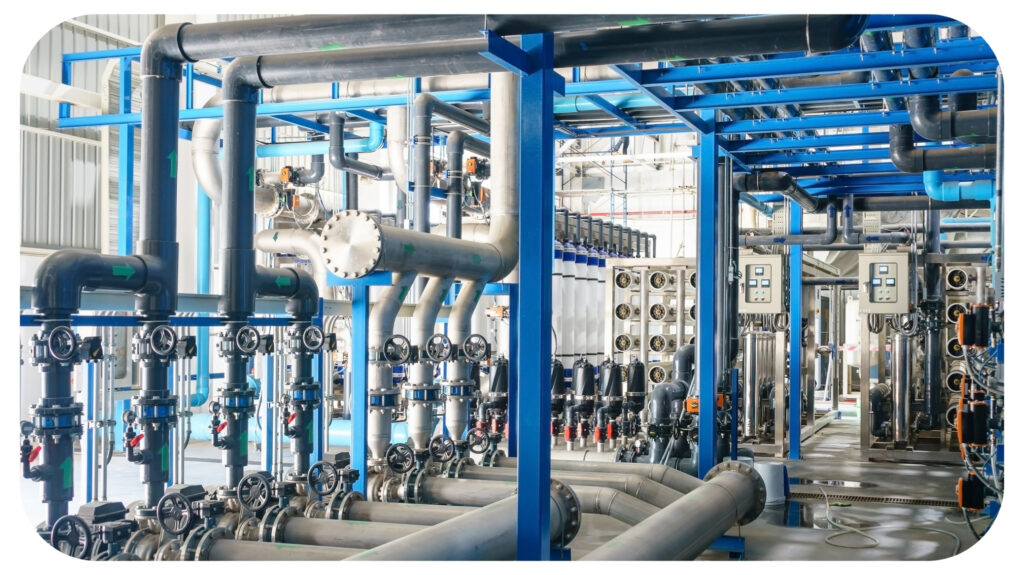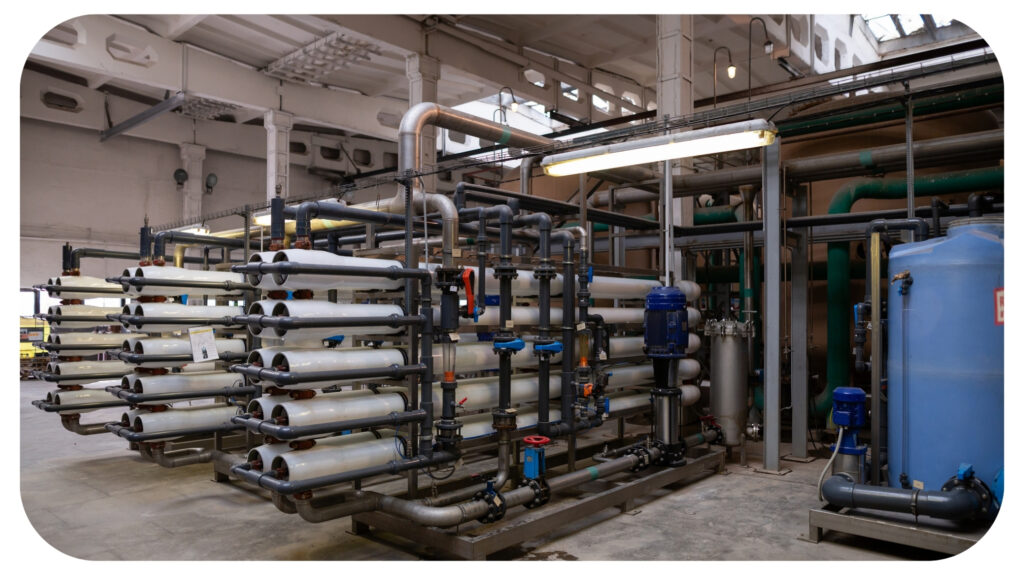Clean Water: 10 Advancements In Water Treatment Technology

Access to clean water is a fundamental human right and a cornerstone of public health. However, despite significant progress in water treatment technology over the years, millions of people around the world still lack access to safe drinking water.
In the face of growing challenges such as population growth, urbanization, and environmental pollution, the need for innovative solutions in water treatment has never been more urgent.
This article delves into the forefront of water treatment technology, exploring a diverse array of advancements that promise to revolutionize the way to purify and distribute water.
Contents
ToggleTechnological Advancements In Water Treatment
The technological landscape of water treatment is rapidly evolving, with innovations aiming to address the dual challenges of ensuring access to clean water and preserving our environment. Here’s a deeper look into the state-of-the-art technologies reshaping water treatment.
1. Nanotechnology In Water Treatment
Nanotechnology stands at the forefront of revolutionizing water treatment, leveraging the unique properties of nanoparticles to improve water quality. Specifically, nanofiltration membranes are a pivotal development in this area, employing membranes with nanoscale pores capable of selectively removing various contaminants, including microorganisms, heavy metals, and organic compounds, from water.
These membranes highlight the potential of nanotechnology in providing high-precision filtration solutions. The high surface area-to-volume ratio of nanomaterials, such as carbon nanotubes and graphene, further enhances their capacity to adsorb pollutants and catalyze reactions for contaminant breakdown. Beyond their role in filtration, these materials are also being explored for their antimicrobial properties, offering the potential to disinfect water more efficiently than traditional methods.
2. Advanced Oxidation Processes (AOPs)
AOPs are a set of chemical treatment procedures designed to remove organic and inorganic contaminants via the generation of highly reactive oxygen species, primarily hydroxyl radicals. These radicals can effectively break down complex pollutants into simpler, non-toxic molecules, making AOPs highly effective against contaminants that are resistant to conventional treatment methods. Technologies such as UV light combined with hydrogen peroxide or ozone are being increasingly used for their ability to efficiently purify water without leaving harmful residues.
3. Smart Water Management Systems
The integration of digital technologies, particularly the Internet of Things (IoT), into water treatment systems heralds a significant shift towards smarter, more efficient water management. IoT sensors can monitor a wide range of parameters in real-time, including water quality, flow rates, and system pressures, enabling operators to optimize treatment processes and promptly address any issues that arise.
Moreover, data analytics and machine learning algorithms can predict system failures and optimize water distribution, significantly reducing water loss and ensuring consistent water quality.
4. Membrane Technologies
Membrane technologies, especially reverse osmosis (RO) and forward osmosis (FO) are critical in desalination and wastewater treatment. Recent innovations in membrane materials and configurations aim to increase water flux and reduce fouling, thus enhancing the efficiency and lowering the energy requirements of these processes.
In addition, forward osmosis is gaining attention for its potential to treat highly saline or polluted waters with lower energy consumption compared to reverse osmosis, offering a sustainable alternative for water-scarce regions.

5. Biological Treatment Advances
Biological treatment methods are evolving to offer more sustainable and efficient solutions for water purification. Techniques such as bioaugmentation, which involves introducing specific microorganisms to degrade pollutants, are proving effective in treating industrial wastewater containing complex chemical compounds.
Similarly, phytoremediation uses plants to absorb, detoxify, or precipitate contaminants from soil and water, providing an eco-friendly approach to remediate polluted sites. These biological methods not only complement traditional physical and chemical treatments but also contribute to biodiversity and ecological balance.
6. Electrocoagulation (EC) Technology
Electrocoagulation is a water treatment process that uses electrical current to remove contaminants, including suspended solids, heavy metals, and pathogens, from water. This method introduces ions that neutralize the charges of particles in the water, causing them to coagulate and be easily removed.
Moreover, EC is known for its efficiency, low chemical use, and ability to treat a wide range of water qualities, making it a versatile and environmentally friendly alternative to traditional chemical coagulation processes.
7. Solar-Powered Water Purification
Leveraging renewable energy for water treatment, solar-powered water purification systems use solar energy to power filtration and disinfection processes. These systems can range from simple setups using solar distillation to more complex systems incorporating photovoltaic-powered ultraviolet (UV) purification or reverse osmosis. Solar-powered systems are particularly valuable in remote or off-grid areas, providing a sustainable and cost-effective solution for accessing clean water.
8. Capacitive Deionization (CDI)
CDI is a technology aimed at desalinating brackish water by removing ionized salts. It operates by applying an electrical voltage across two oppositely charged electrodes, which attract and adsorb the ions from the water. CDI is notable for its energy efficiency, low environmental impact, and the ability to recover valuable minerals during the desalination process. Advances in electrode materials and system design are enhancing the efficiency and applicability of CDI for water treatment.
9. Plasma Water Treatment
Plasma water treatment uses high-energy plasma to generate reactive species that can effectively degrade organic pollutants, sterilize water, and remove heavy metals. This advanced oxidation process is characterized by its rapid reaction times and the ability to treat water without the addition of chemicals. Research into plasma technology is exploring its application in industrial wastewater treatment and drinking water purification, offering a powerful tool against a broad spectrum of contaminants.
10. Biological Water Purification Methods
Biological water purification methods leverage natural processes and organisms, including microbes and plants, to treat water with minimal environmental impact. Techniques like biofiltration, constructed wetlands, bioaugmentation, phytoremediation, and microbial fuel cells (MFCs) showcase the diversity of biological approaches, each utilizing different mechanisms to degrade, absorb, or convert pollutants into less harmful substances.
Conclusion
As the world grapples with the pressing need for sustainable water management solutions, the integration of these advanced and biological methods promises not only to enhance the quality and availability of water but also to pave the way for a more sustainable and resilient future.
Recommended For You
Check out Samsung’s Latest Collection of 32 inch LED TVs!
Most Inside
Most Inside offers high-quality recommendations and valuable updates to enhance all aspects of your life, providing premium guidance and enriching experiences.




